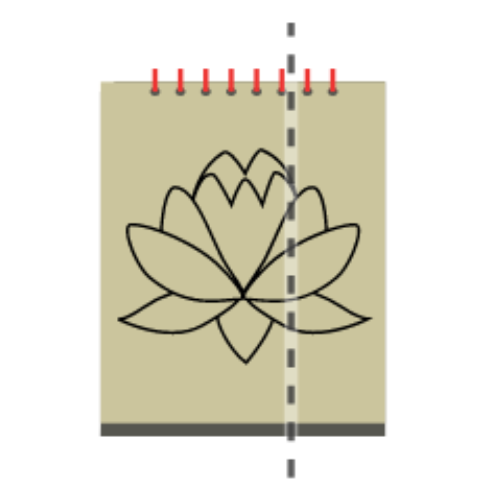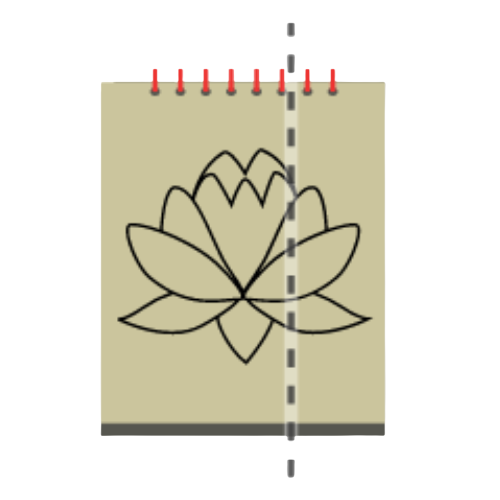Symmetry
Key notes :
1. Definition of Symmetry:
- Symmetry refers to a balanced and proportionate similarity found in two halves of an object, where one half mirrors the other.
- A figure is said to be symmetric if it can be divided into two identical parts.

2. Line of Symmetry:
- A line of symmetry divides a figure into two identical halves.
- A shape can have more than one line of symmetry, depending on its structure.
- For example, a square has 4 lines of symmetry, while a rectangle has 2.
3. Types of Symmetry:
- Line Symmetry (Reflectional Symmetry): A figure has line symmetry if one half is a mirror image of the other.
- Rotational Symmetry: A figure has rotational symmetry if it looks the same after a certain amount of rotation (less than a full turn).
- Order of Rotation: The number of times a shape looks the same during a full 360° rotation. For example, an equilateral triangle has rotational symmetry of order 3.
4. Examples of Symmetry in Geometry:
- Equilateral Triangle: Has 3 lines of symmetry and rotational symmetry of order 3.
- Square: Has 4 lines of symmetry and rotational symmetry of order 4.
- Circle: Infinite lines of symmetry and rotational symmetry of any angle.
Learn with an example
🔔 Is the dotted line a line of symmetry?

- yes
- no
Imagine folding this picture along the dotted line.

The two sides will not match up. The dotted line is not a line of symmetry.
Now try folding along this dotted line instead. This dotted line is a line of symmetry.
🔔 Is the dotted line a line of symmetry?
- yes
- no
Imagine folding this picture along the dotted line.
The two sides will not match up. The dotted line is not a line of symmetry.
🔔 Is the dotted line a line of symmetry?
- yes
- no
Imagine folding this picture along the dotted line.
The two sides will match up exactly. The dotted line is a line of symmetry.
Let’s practice!🖊️

